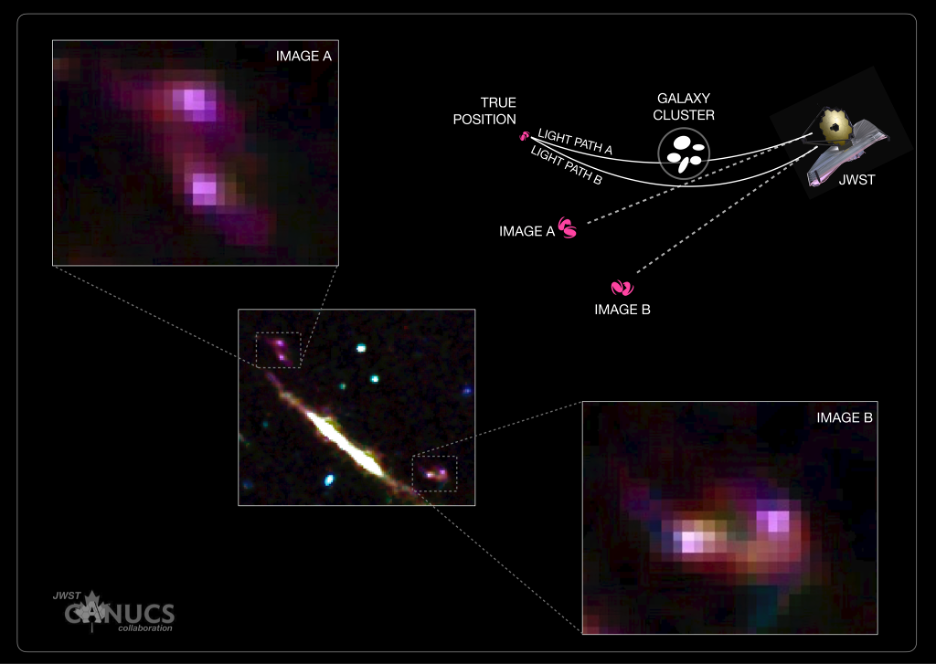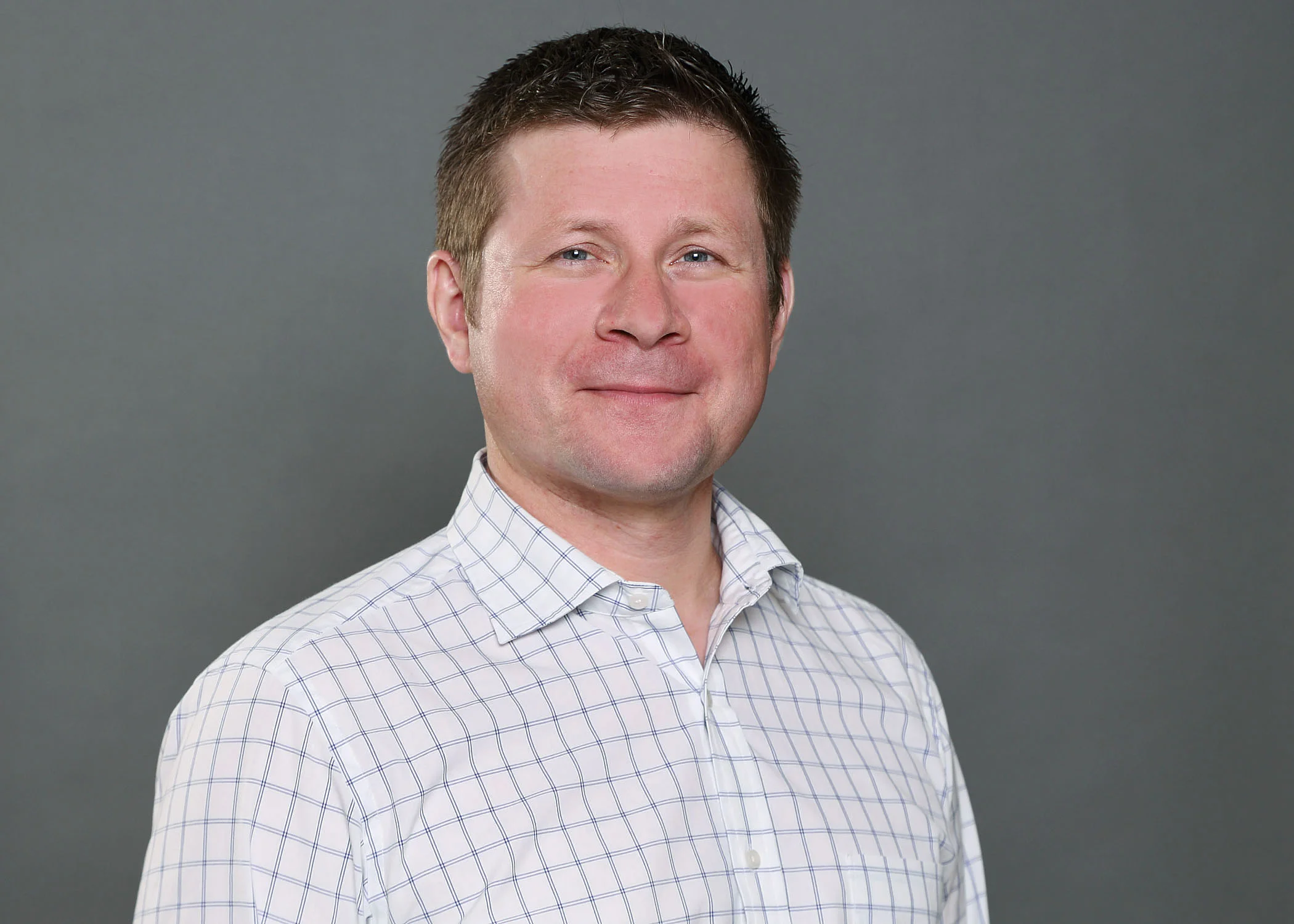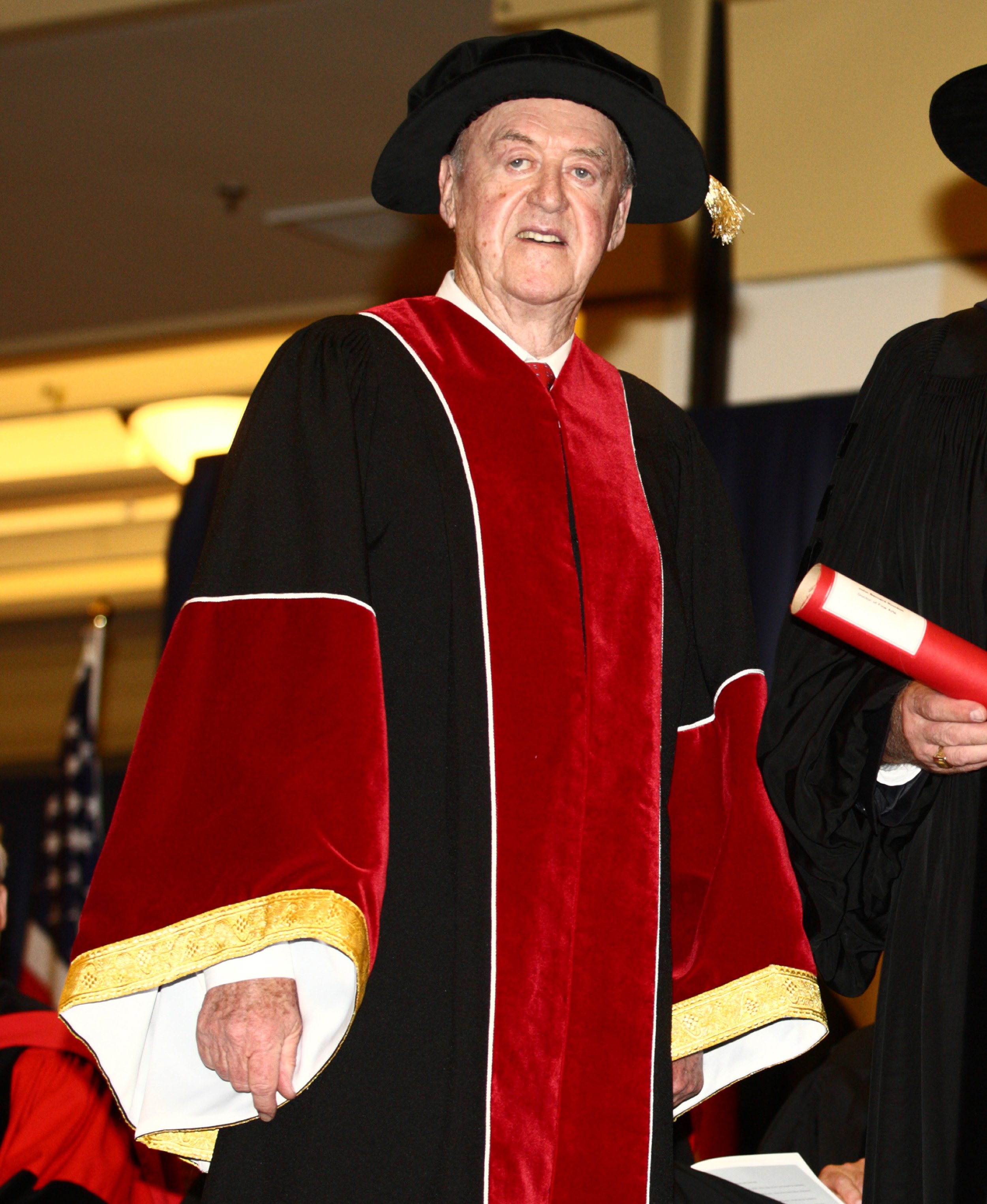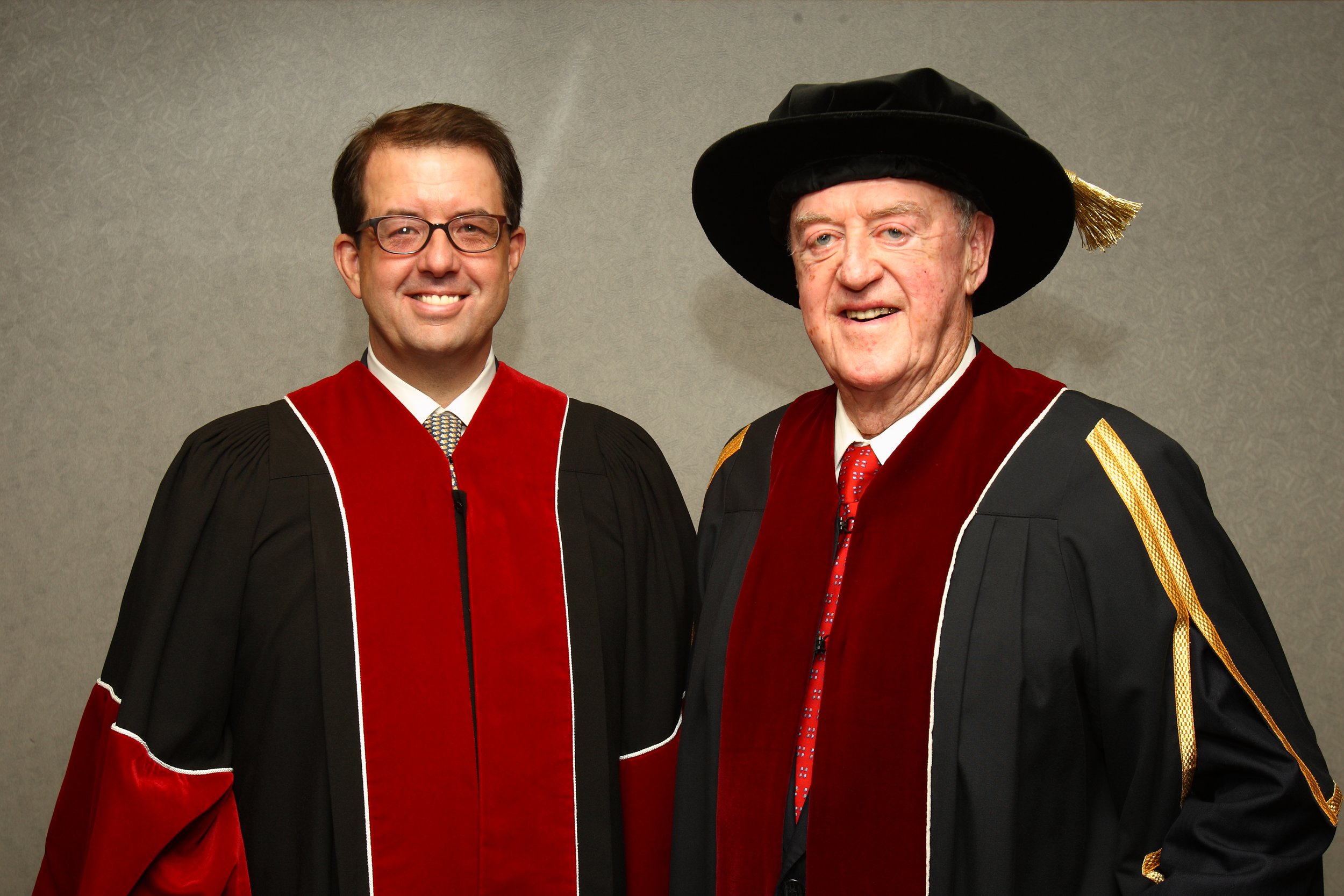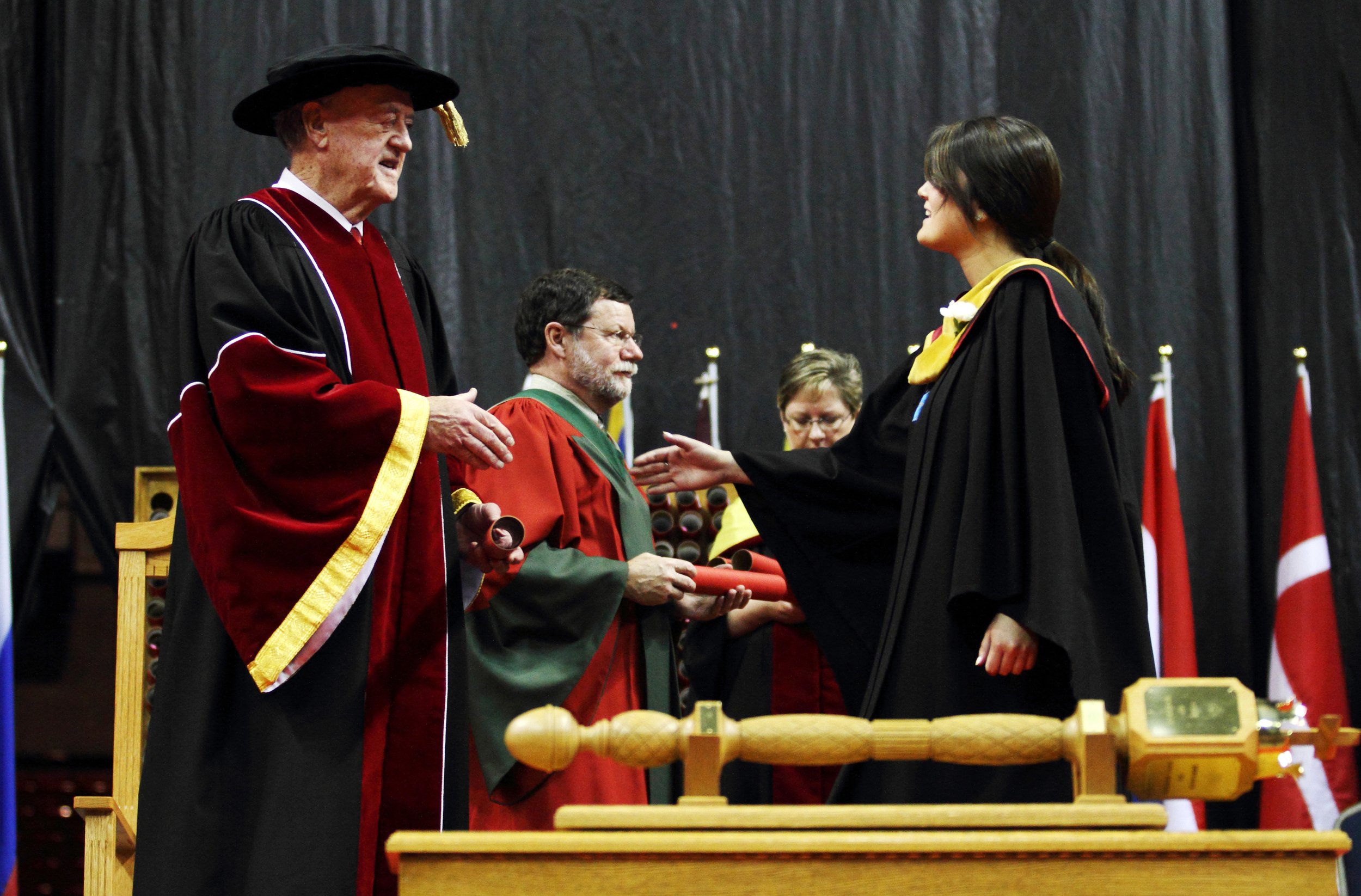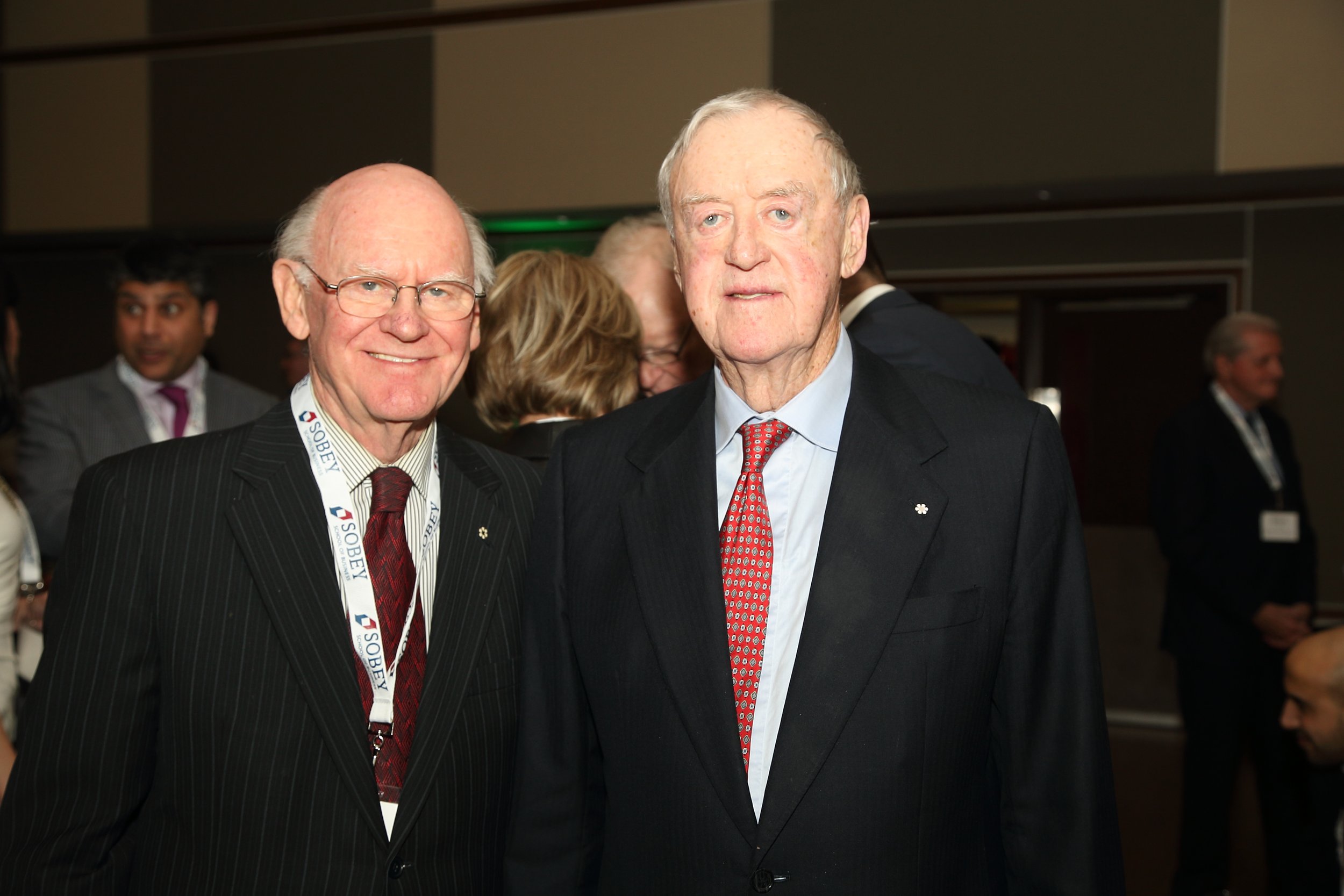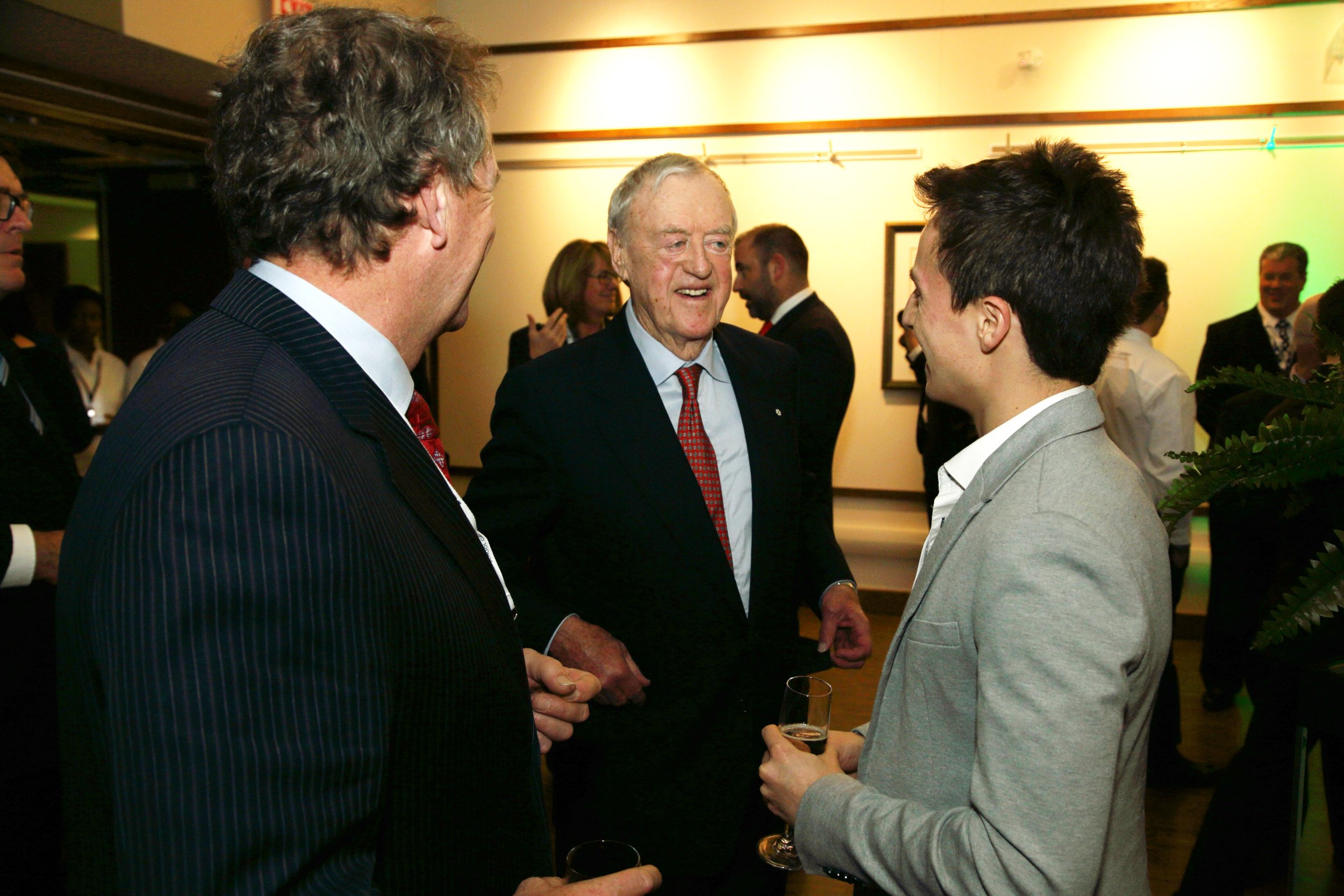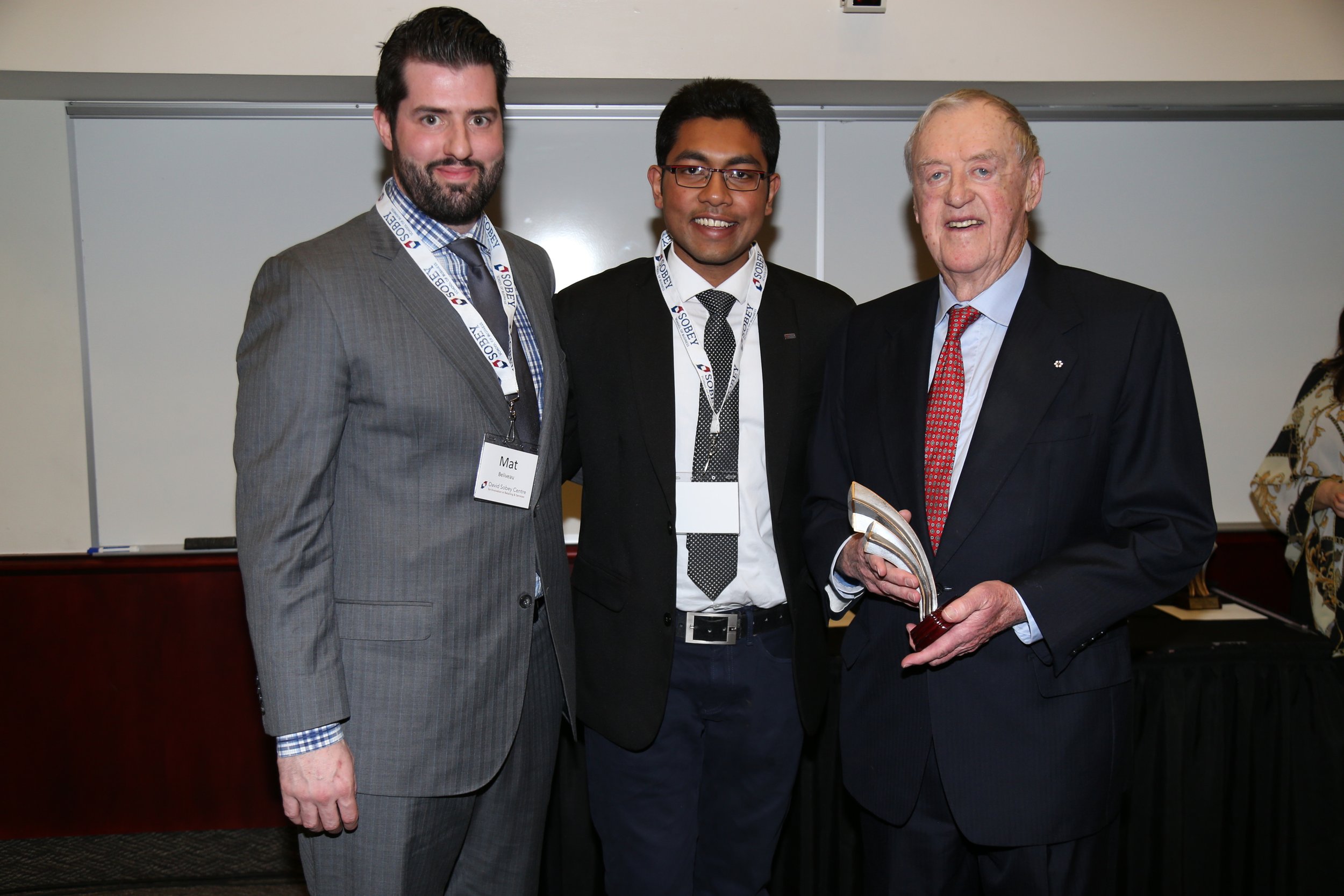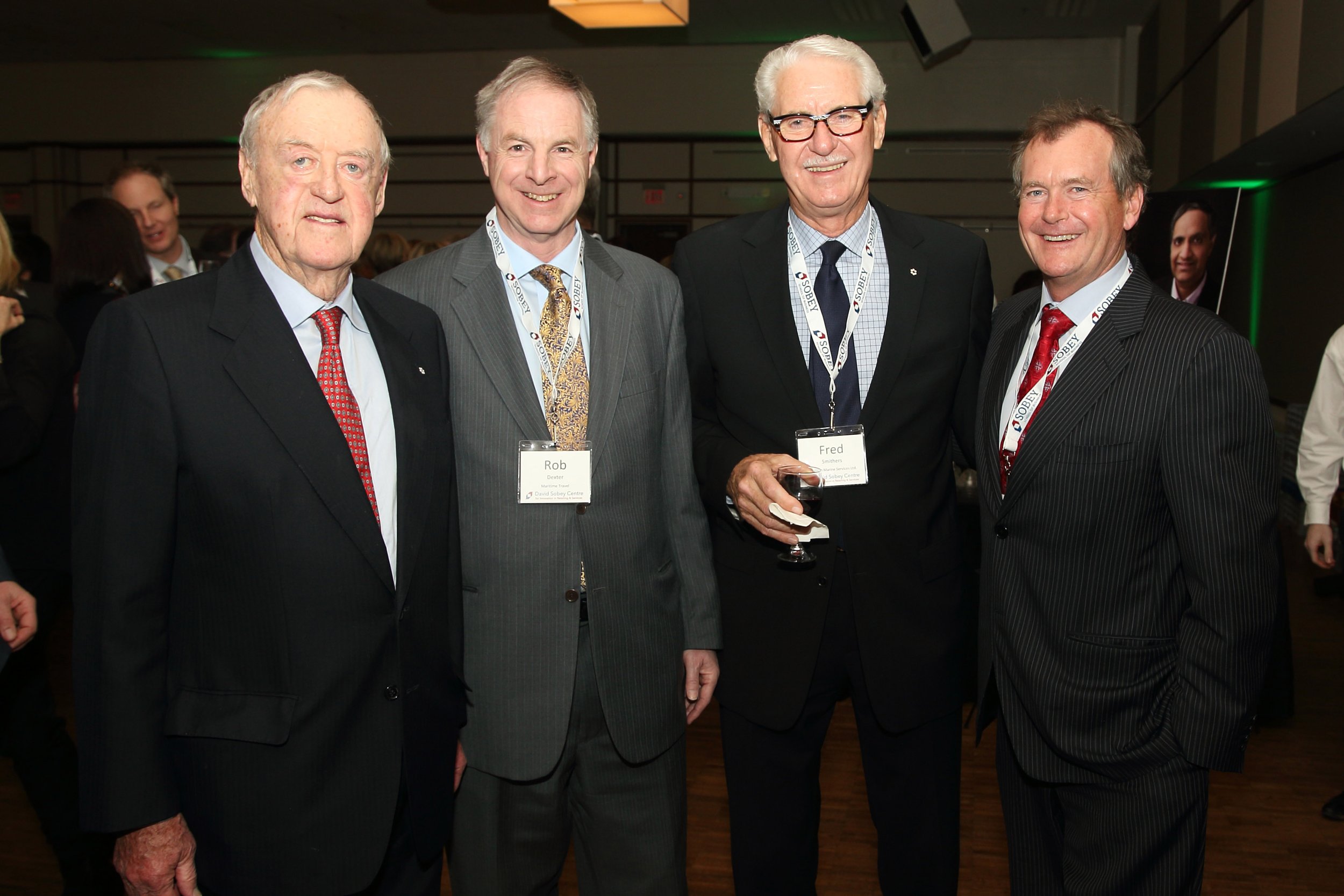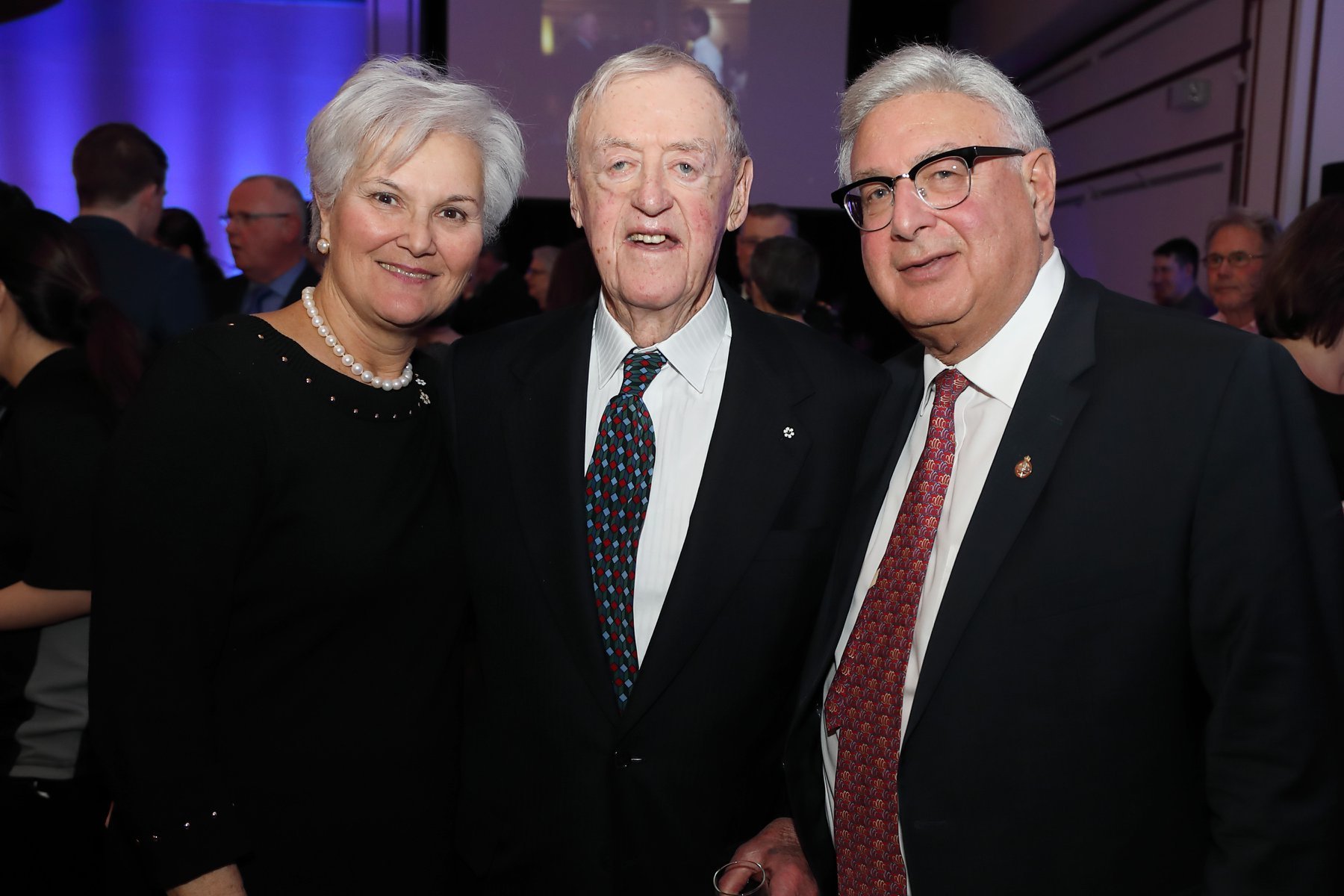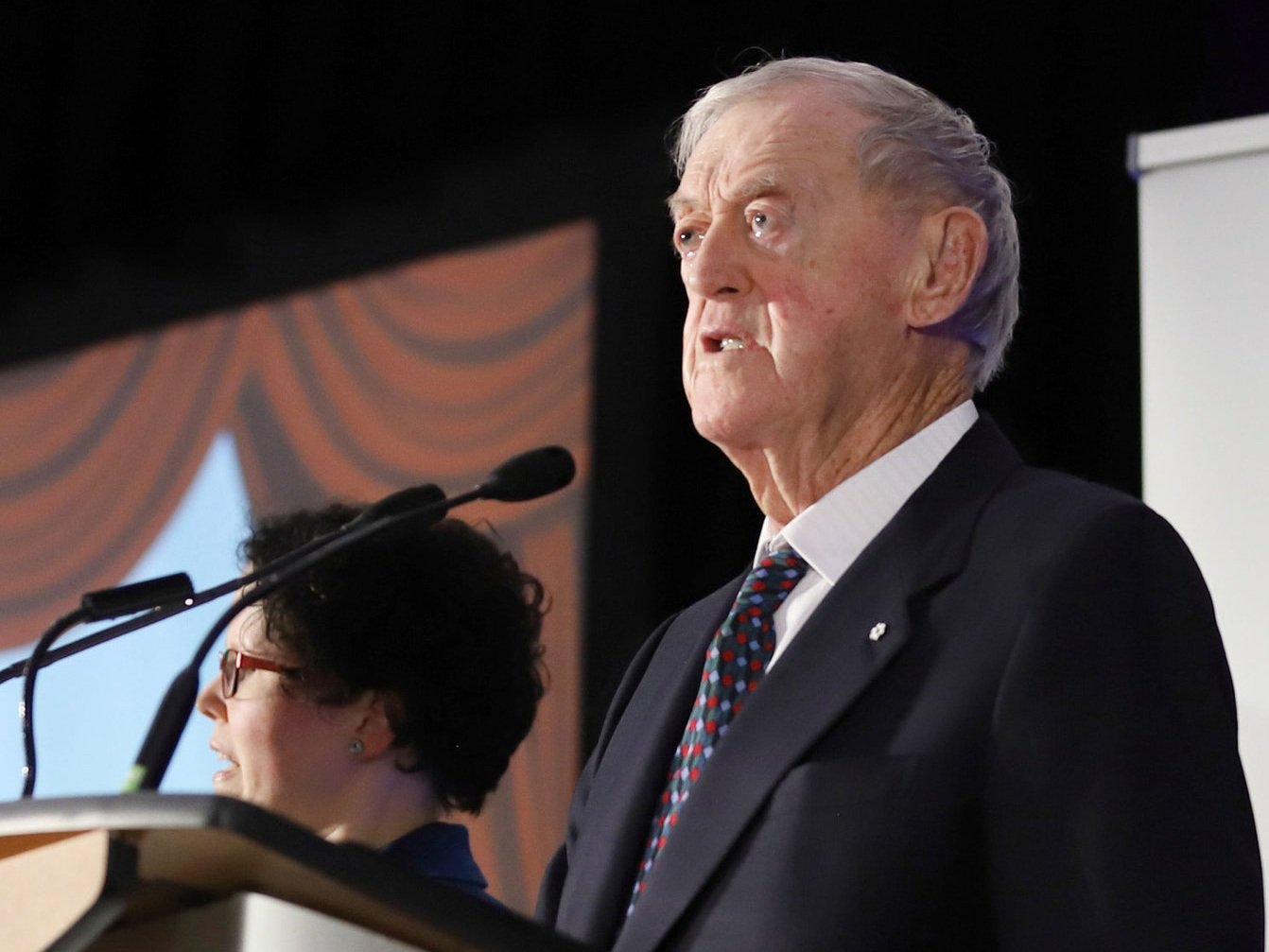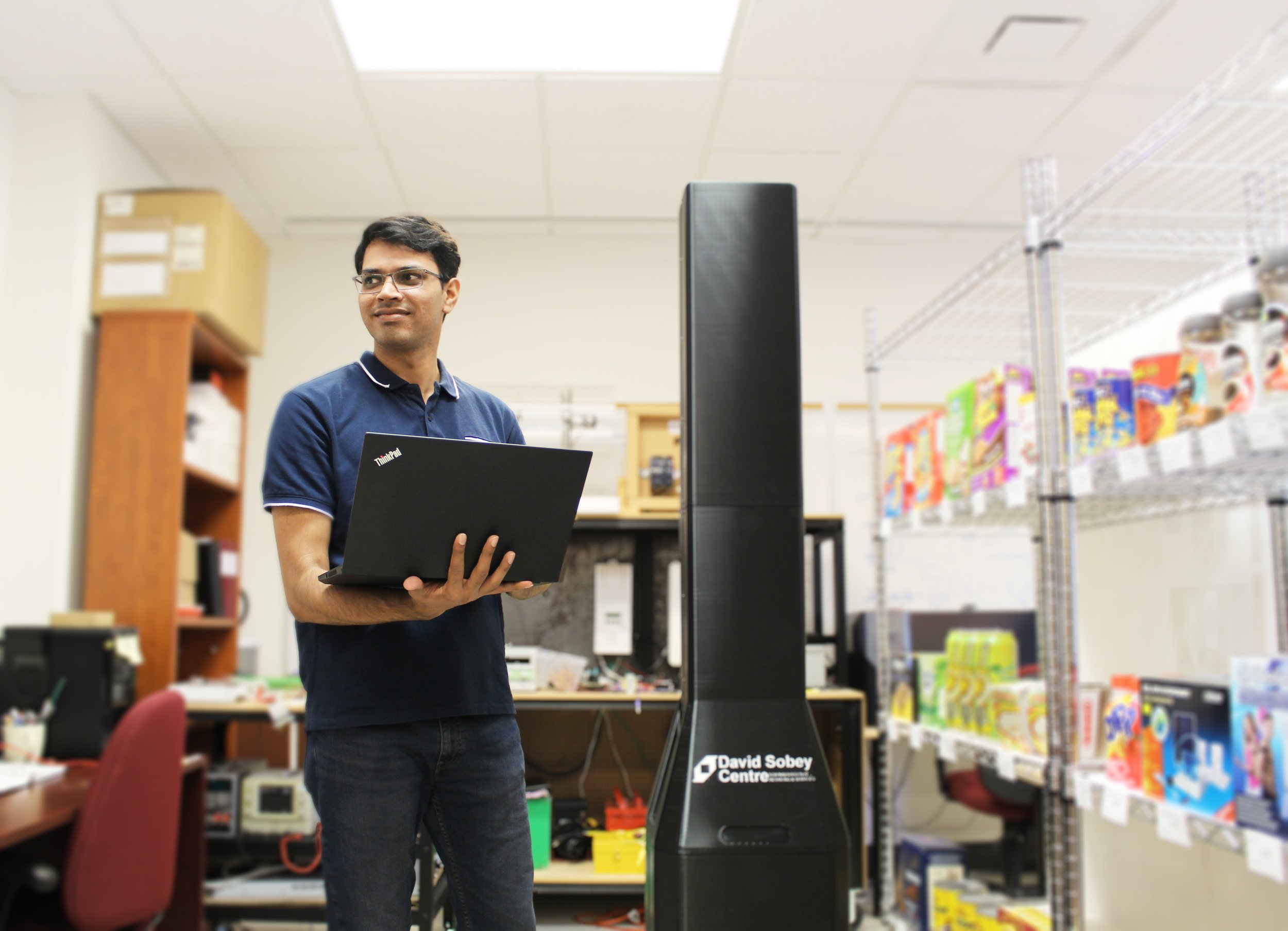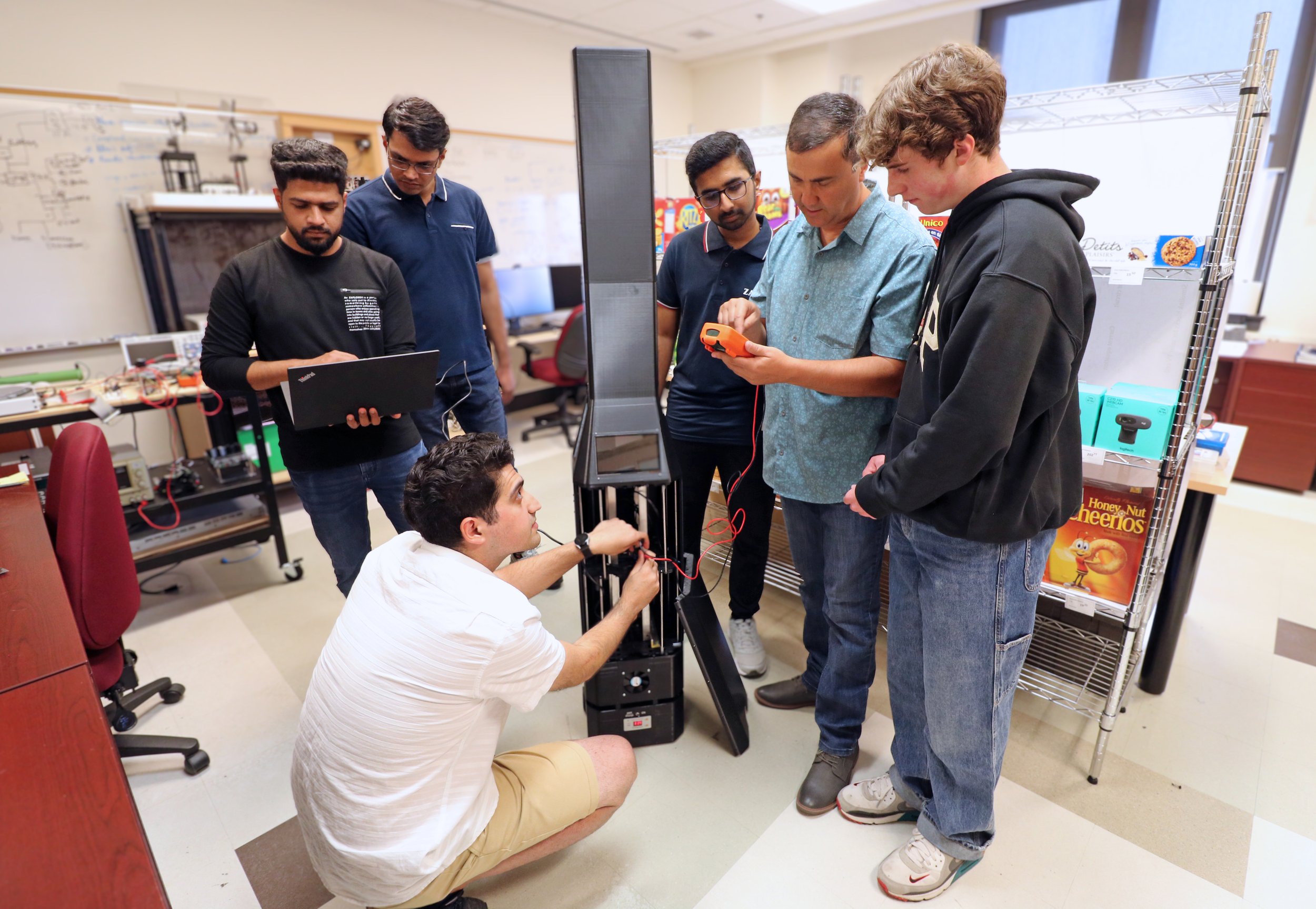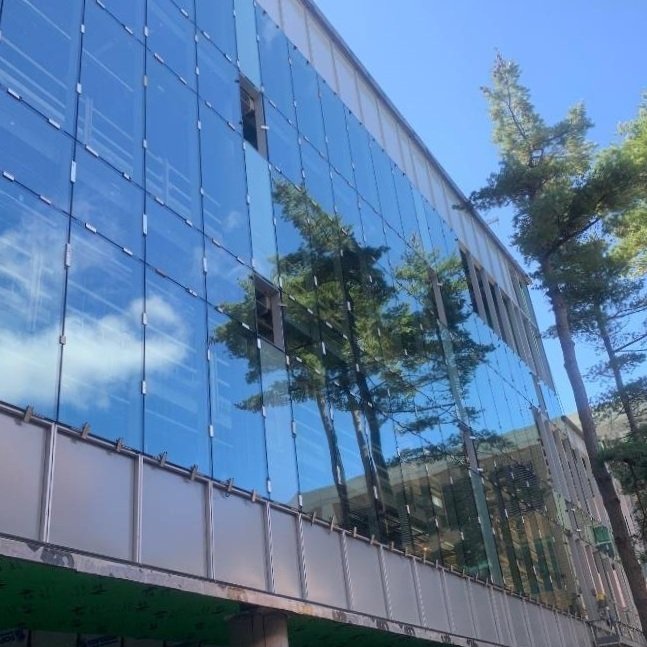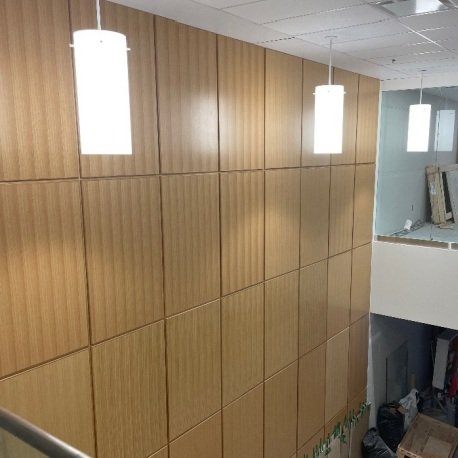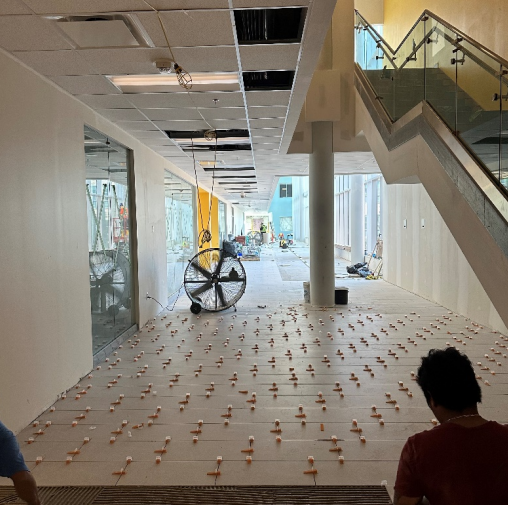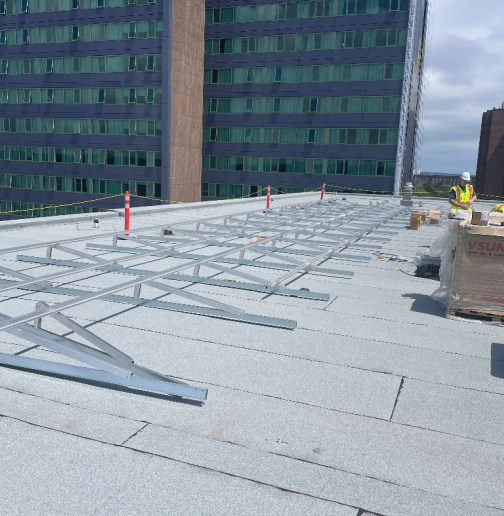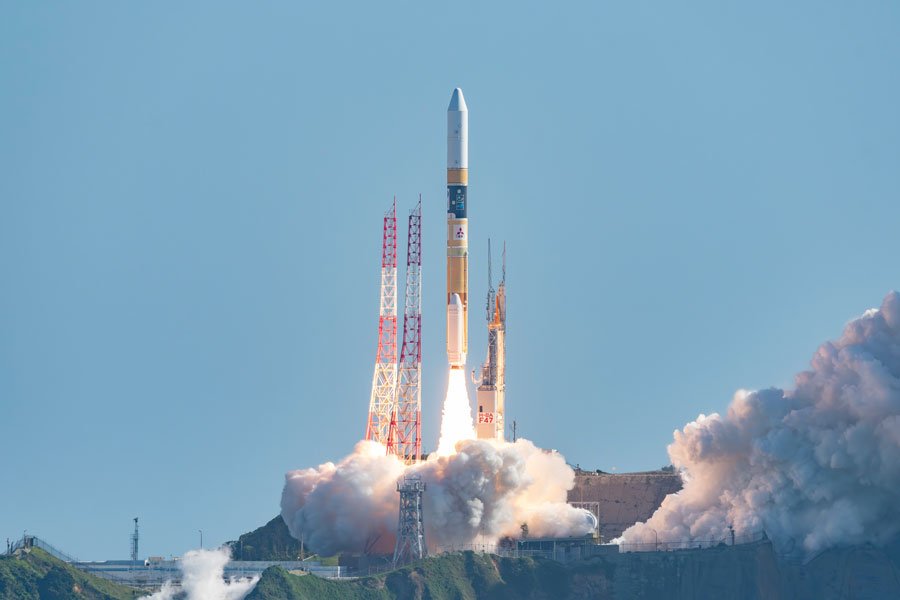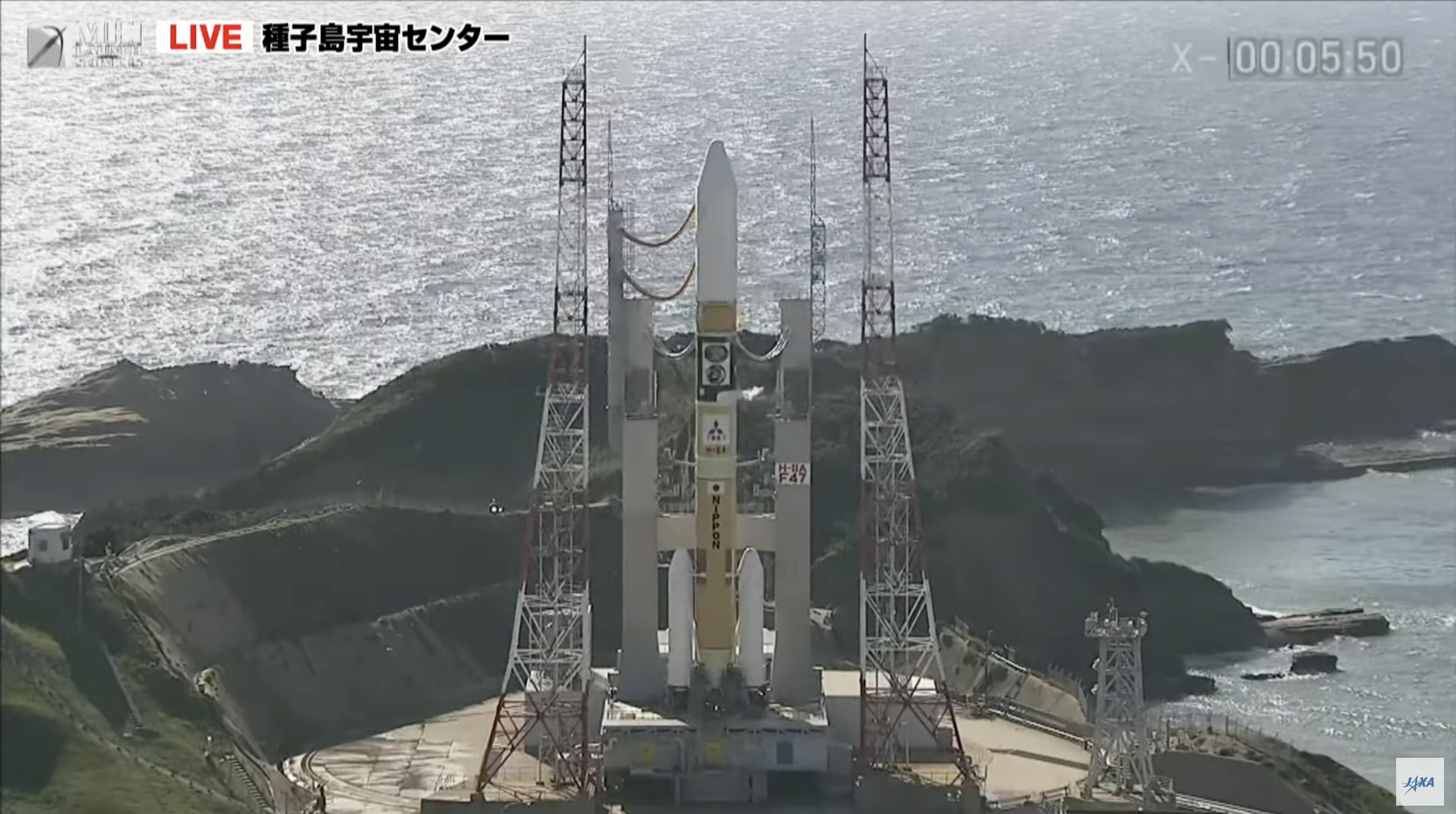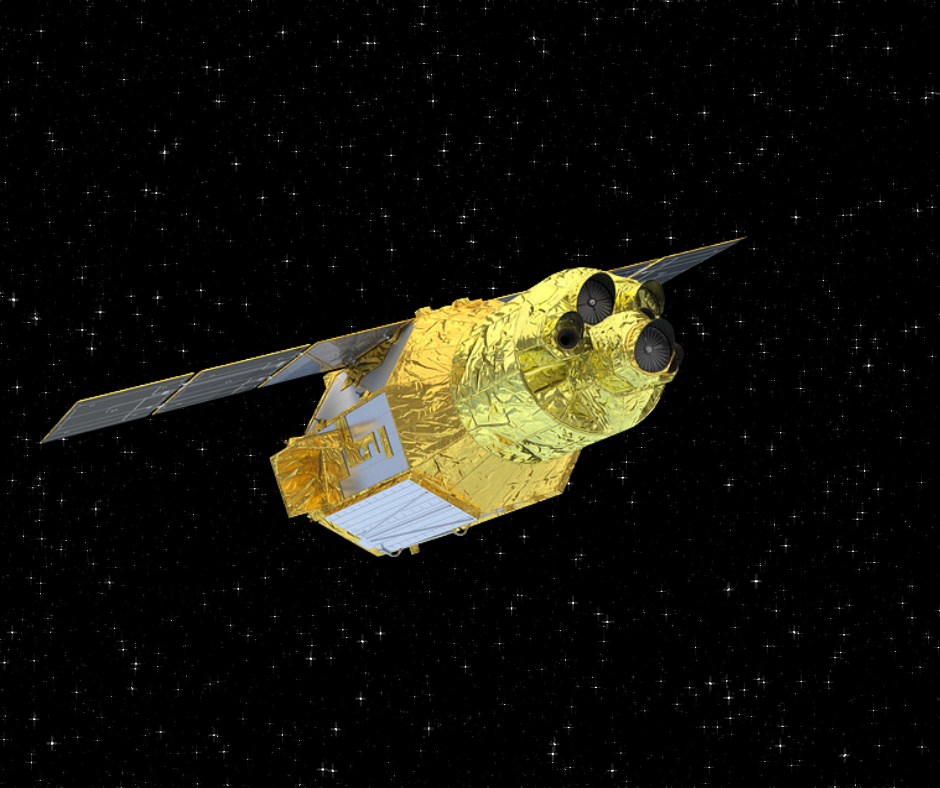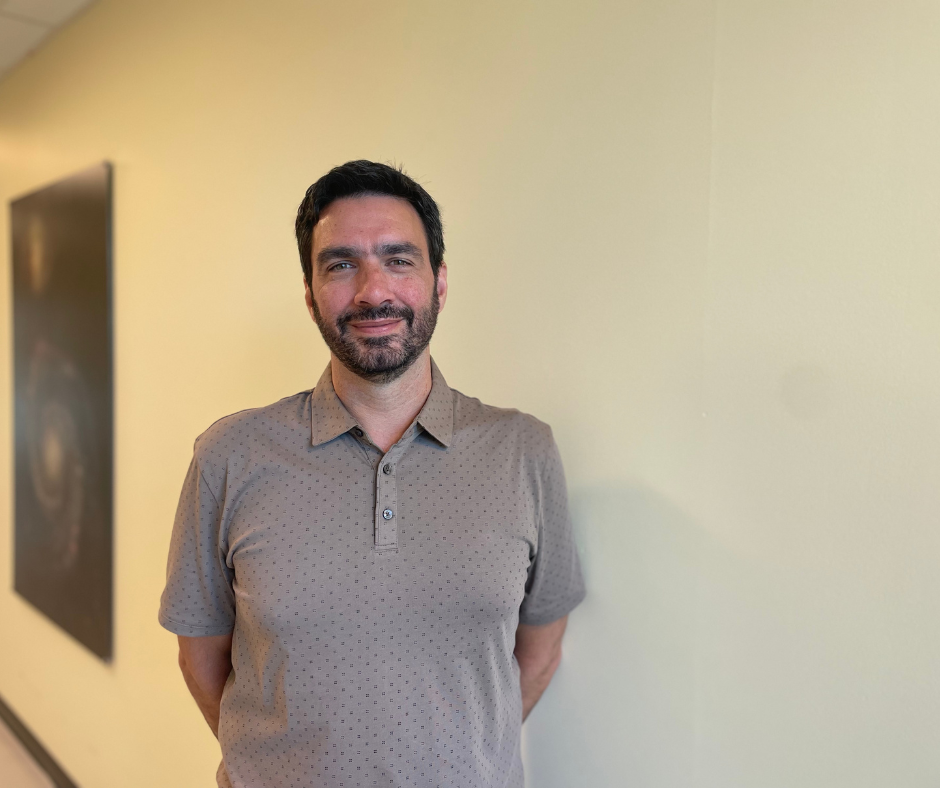Team co-led by Saint Mary’s astronomer uses the James Webb Space Telescope to get a detailed view of a “baby galaxy” undergoing an intense growth spurt
Artist conception of the James Webb Space Telescope. Credit: NASA GSFC/CIL/Adriana Manrique Gutierrez
Answering the question of how galaxies form and grow over time has been a driving reason for the construction of the James Webb Space Telescope (JWST).
Now, a team of researchers led by graduate student Yoshi Asada and Dr. Marcin Sawicki at Saint Mary’s University used JWST to make an exciting discovery that will help explain the structure of the Universe. They discovered a highly magnified “baby galaxy” which is being assembled from “building blocks” created early in the history of the Universe. This galaxy is a perfect poster child of a galaxy’s early stages of growth, and its study will help scientists better understand this crucial part of a galaxy’s life. The galaxy is the result of an ongoing collision and merger of two smaller galaxies named ELG1 and ELG2. The remnants of these two smaller galaxies can still be seen in the JWST images.
The graphic shows the two images (Image A and Image B) of the merging galaxy taken by JWST. The two images of the same system are produced by Einstein’s gravitational lensing effect, which here is caused by the bending of light around the mass concentration of the galaxy cluster MACS 0417 that lies between the observers and the merging galaxy pair. Light from the distant galaxy pair takes two separate pathways to reach JWST. This results in two images of the merging galaxy system. The purple hue of the light coming from the merging galaxies is due to the hydrogen gas within them that’s made to glow by the large numbers of hot young stars that are forming within the young galaxies.
Image credit: Yoshi Asada, Marcin Sawicki and the CANUCS collaboration.
The baby galaxy discovered by the astronomers is particularly exciting because its JWST images have been highly magnified by a phenomenon called Einstein’s gravitational lensing effect. Due to the presence of other massive galaxies that lie between the telescope and the target baby galaxy which act like a cosmic magnifying glass, the baby galaxy’s light has been warped.
Dr. Marcin Sawicki
There’s an upside, notes Dr. Sawicki, Canada Research Chair and Professor of Astronomy and Physics. “Because of Einstein’s lensing effect, we see the galaxy twice in two slightly different places in the sky. It’s like seeing a mirage in the desert – we see the same image twice because light takes two paths to reach our eye.” The galaxy’s light also appears up to 15 times brighter, making it easier to observe and study.
The images of the baby galaxy were taken earlier this year using the NIRCam instrument aboard the JWST, which was launched in December 2021. The astronomers’ study of this system was published recently in the peer-reviewed journal Monthly Notices of the Royal Astronomical Society.
Combining the power of JWST and gravitational lensing has allowed the astronomers to get an intensely close look at this poster-child baby galaxy. “Studying this object has allowed us to gain some important insights about how young galaxies form. We learned that they get built from the merging of smaller sub-components and that during their assembly, the galaxies can undergo intense growth spurts of star formation,“ says Asada, a Kyoto University PhD student who is the lead author of the study and who is spending a year in Canada working on JWST data with Canadian astronomers.
Both Asada and Sawicki are members of the CANUCS collaboration which uses the power of JWST boosted by Einstein’s gravitational lensing to study the details of some of the smallest, youngest, and most distant galaxies in the Universe. “The combination of JWST and gravitational lensing is letting us get a glimpse of the early Universe that was not possible until now. With our JWST CANUCS observations in hand, we look forward to many more discoveries about how galaxies such as our own Milky Way grew over cosmic time,” adds Dr. Sawicki.
Related links:


